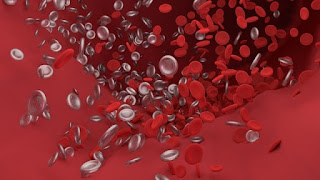Blood and its Composition
What is Blood?
Blood is a body fluid that is dark brown to red. It contains four components that are plasma, red blood cells (RBCs), white blood cells (WBCs), and platelets. Blood is essential for life as it delivers essential substances like oxygen and nutrients to various body cells. It also helps to fight infection and also regulate the pH of the body.
An average human adult contains approx 5 liters of blood which contributes to 8% of the total body weight. The blood in the body contains 55% plasma and 45% blood cells.
Composition of Blood
1. Plasma
2. Red Blood Cells (RBCs)
Red blood cells (RBCs) account for approximately 40-45% of blood volume and appear bright red due to their hemoglobin content. Hemoglobin enables RBCs to transport oxygen from the lungs to the body and carry carbon dioxide back to the lungs.
RBCs have a disc-like shape with a flattened center, lack a nucleus, and possess the ability to change shape, facilitating their passage through diverse blood vessels. Bone marrow produces RBCs at an impressive rate of around 5 billion per hour, and they have an average lifespan of approximately 120 days.
3. White Blood Cells (WBCs)
White Blood Cells (WBCs) account for only 1% of blood but they perform a very important biological function. They are essential for good health and protect us from various illnesses and diseases.
They are also generated in our bone marrow and flow through the bloodstream to attack viruses and bacteria. Leukocytes and Neutrophils are two important examples of WBCs.

.jpg)
.png)



